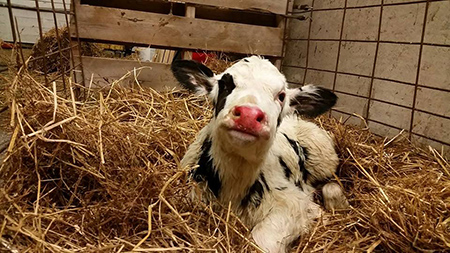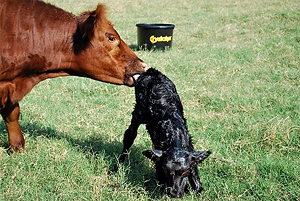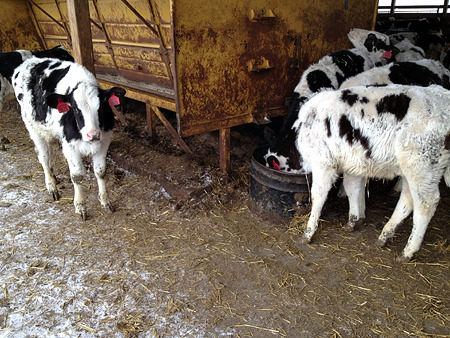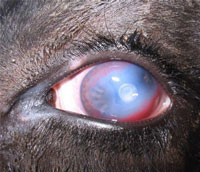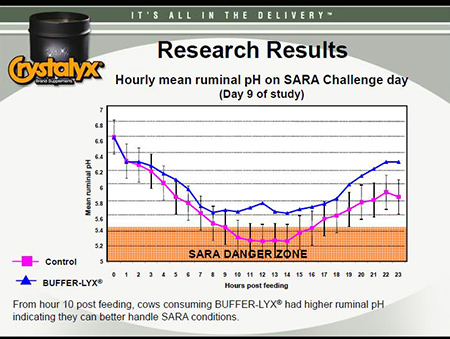Stress is a natural part of life for both cattle and humans. Some stress is unavoidable, such as stress associated with calving or weaning. But other stresses can be lessened with careful management.
On a short term basis, stress isn’t a bad thing. Stress prepares an animal for a “fight or flight” response. Cortisol and epinephrine are released during a stress event. These hormones facilitate increased heart rate, mobilization of glucose for a quick burst of energy, decreased sensitivity to pain and the suppression of nonessential processes such as digestion.
